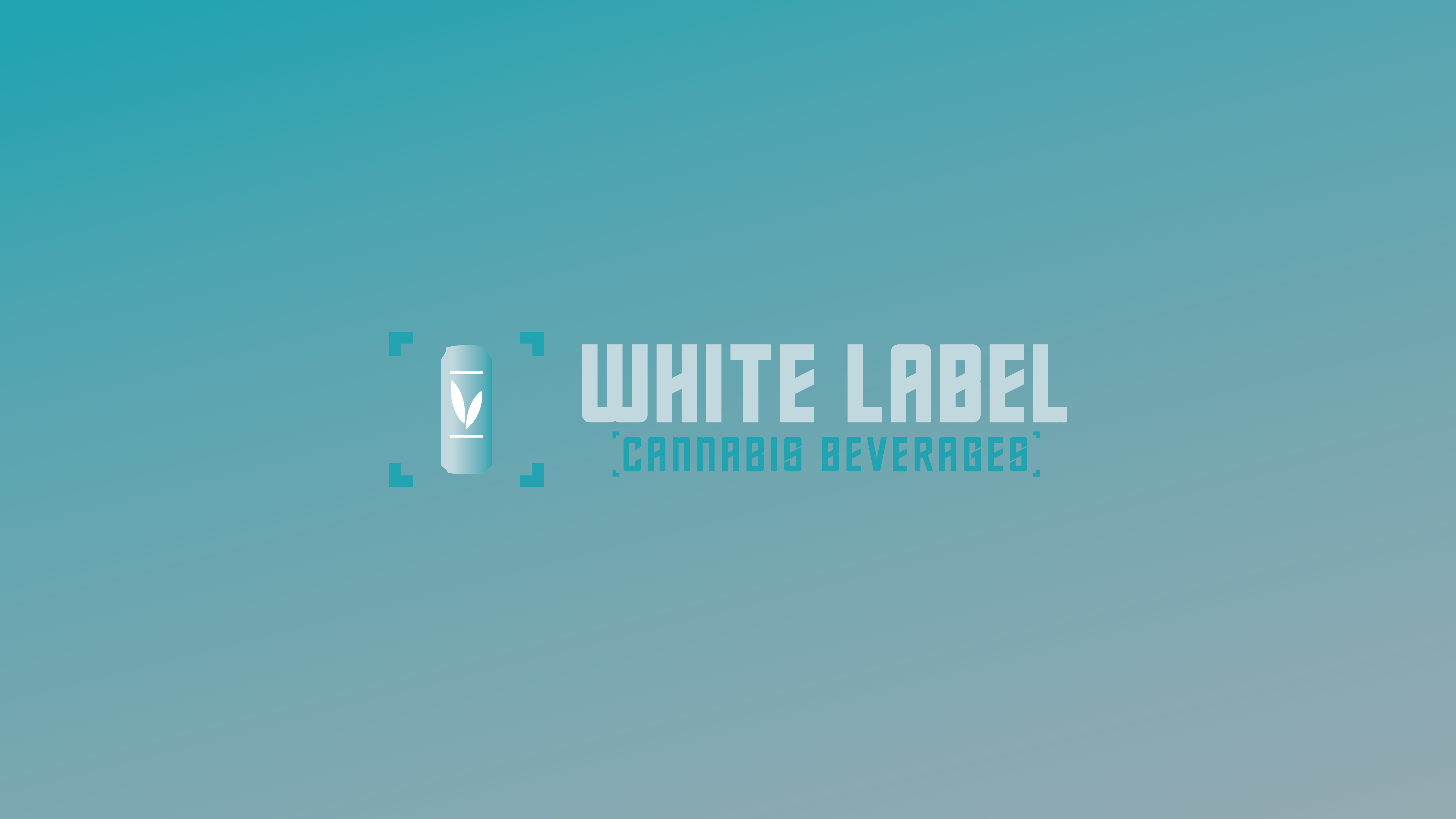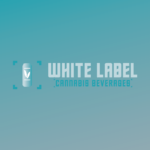In recent years, the cannabis industry has witnessed a notable shift: new drink brands are launching at a rapid clip. From microdosed THC seltzers to CBD wellness tonics and hybrid herbal elixirs, the liquid-format category is gaining serious momentum. But what’s driving this wave of innovation—and why should consumers care?
The edge of a booming market
First, the numbers are compelling. The global cannabis beverages market was valued at over USD 2.04 billion in 2023, and forecasts suggest it could surge to USD 117 billion by 2032. Other sources peg the CAGR more modestly—around 19–20 % through 2030. Still, all point to rapid expansion.
Even today, beverages represent a small slice of total cannabis sales, but they’re growing fast. In Q1 2025, cannabis beverages accounted for about 0.9 % of total cannabis dollar sales—yet that was a 15 % year-over-year increase in many tracked markets. That kind of growth signals this is no niche side hustle—it’s becoming core shelf space for cannabis operators.
A smoke-free, social alternative
A key driver is consumer preference for smoke-free experiences. Drinks offer a way to ingest cannabinoids without inhaling combusted plant matter (or vapor). THC beverages, especially, are being positioned as a “social ritual” alternative to drinking alcohol—minus hangovers, fewer calories, and more controlled dosing.
For many, sipping a low-dose cannabis beverage can feel more approachable, especially for newcomers or wellness-oriented users who balk at smoking or vaping. Drinks can deliver the relaxing “high” effect more discreetly and with more control than gummies (which can take longer) or inhalation.
Wellness, functional appeal, and moderation trends
Consumers—especially younger and wellness-focused cohorts—are driving demand for “better for you” alternatives. Many want functional beverages: products that do more than just taste good. A cannabis drink might aim to promote relaxation, aid sleep, or provide microdosing effects in a measured way. This aligns with broader trends toward adaptogens, nootropics, cannabis wellness, and “sobriety adjacent” beverages.
In other words, cannabis drinks can straddle the line between indulgence and wellness, delivering a mild psychoactive edge with a controlled dose, instead of the extremes of intoxication.
Regulatory opportunity (and constraint)
Interestingly, the regulatory landscape is both a challenge and an enabler. In the U.S., hemp-derived THC (with limits on concentration) is legally permissible under the 2018 Farm Bill in many states. That gives brands a pathway to get to market before full adult-use legalization in every jurisdiction. Cannabis operators are already launching beverage lines to compete in that “non-alcohol THC” space.
At the same time, regulations vary wildly by state on potency, labeling, distribution, packaging, and retail channel. That means brands must be agile and regionally attuned. Packaging formats like microdose shots, mini pouches, or single-serve cans are popular because they ease compliance and lower shipping/logistics burden. For instance, 1906 (a cannabis brand) recently launched a liquid shot in mini pouches, citing shipment and cost efficiencies over cans.
Crossover from alcohol, beverage, and lifestyle brands
Another impetus: cross-industry players are entering or collaborating. Alcohol and non-alcohol beverage brands are exploring THC or CBD lines to hedge against shifts away from traditional drinking. Craft brewers, in particular, are eyeing THC drinks to capture shelf space where beer once dominated.
Lifestyle and cultural brands are also pushing into cannabis beverages. For example, Houseplant (Seth Rogen’s cannabis lifestyle brand) launched THC-infused sparkling water in the U.S., emphasizing approachable low-dose formats and stylish branding. Meanwhile, established cannabis brands are stretching into alcohol or RTD cocktail spaces—like Cookies launching a tequila-based RTD line—blurring the lines even further.
Retail implications & what consumers will see
What does all this mean for you, the consumer? Expect more shelves, more variety, and smarter formulations. Rather than choosing between flower, vape, or edibles, you’ll likely see beverage sections that rival craft soda or functional tonic aisles.
Retailers will need to think about how to educate shoppers on dosing, onset time, cannabinoid profiles (THC, CBD, blends), flavor balance, and product safety. Visual design and packaging will matter: clear labeling, QR codes, dosage info, freshness seals—all will help build consumer confidence.
And for consumers willing to sample, this is an exciting time: you’re witnessing the early evolution of cannabis culture from smoke sessions to sipping sessions.
Read More: The Future of White-Label Cannabis Beverages: A Five-Year Outlook


